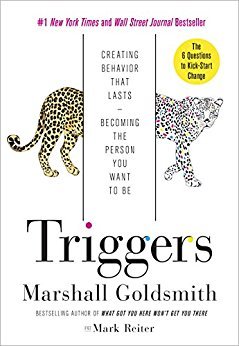More on this book
Community
Kindle Notes & Highlights
No idea looms bigger in Alan’s mind than the importance of structure in turning around an organization and its people.
We do not get better without structure.
Each leader was expected to articulate his group’s plan, status, forecast, and areas that needed special attention. Each leader had a mission to help—not judge—the other people in the room.
He began each BPR session in the same way: “My name is Alan Mulally and I’m the CEO of Ford Motor Company.” Then he’d review the company’s plan, status, forecast, and areas that needed special attention, using a green-yellow-red scoring system for good-concerned-poor.
In the same way that surgeons reject the simple proven structure of a checklist for washing their hands, many executives are too proud to admit they need structure. They consider repetitious activity as mundane, uncreative, somehow beneath them.
In making everyone repeat name, rank, priorities, and color-coded grading each week, Alan had given them a focused and purposefully narrow vocabulary.
This is how the executives discussed the only metric that mattered during Ford’s turnaround: How can we help one another more?


